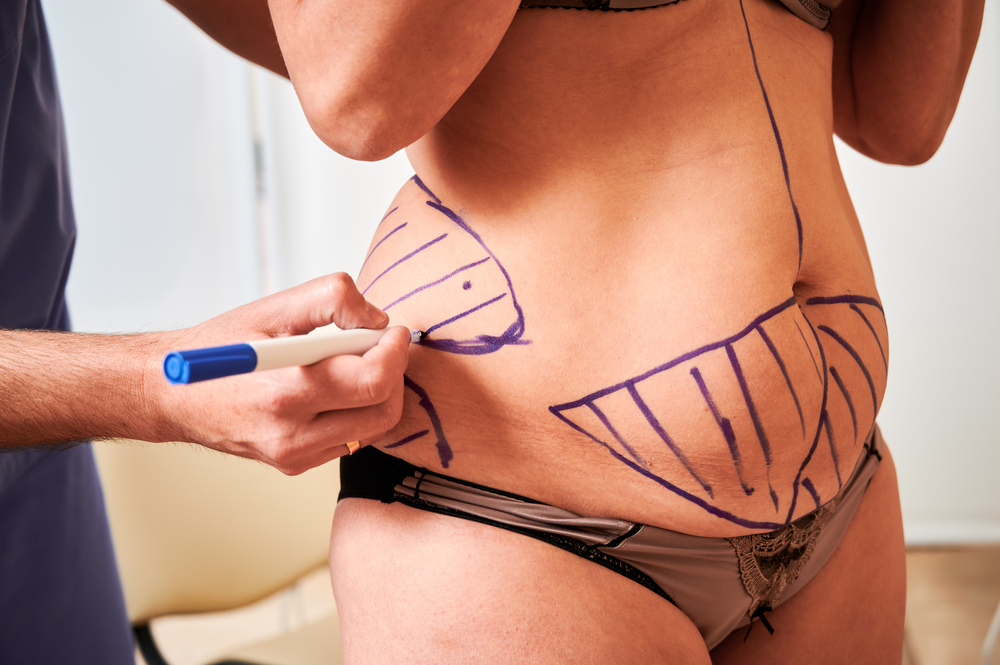
Sweating is a normal physiological functional of the body and is regulated by the sympathetic nervous system in conjunction with eccrine sweat glands in the dermis and subcutaneous tissues. For people with hyperhidrosis, sweat is produced uncontrollably irrespective of temperature or physical exertion or emotional state. It creates embarrassment and interferes with daily activities. The etiology of this condition is unknown. It can be primary, effecting focal anatomy such as the hands, armpits or feet, or secondary, effecting the entire body. The focus of this piece is primary hyperhidrosis.
Treatment options for hyperhidrosis are legion, ranging from simple, daily over-the-counter measures to complex surgical solutions. Hyperhidrosis is most commonly treated with prescription antiperspirants, topical aluminum chloride or anticholinergics such as Robinul. However, these therapies are marginally effective and do not address the source of sweating. Botulinum toxin (in the form of Botox, Dysport or Xeomin) is an effective and non-invasive way of managing hyperhidrosis. Botulinum toxin works by blocking the release of acetylcholine, the neurotransmitter which mediates sympathetic neurotransmission within the gland. The only issue with botulinum toxin is that its temporary, lasting only 4-6 months, and expensive, costing on average $1300 for the 100 units typically required.
Historically, permanent solutions for hyperhidrosis involved surgery. Surgical treatments for hyperhidrosis of the hands, for example, has included endoscopic thoracic sympathectomy where parts of the sympathetic chain are selectively cut or clipped to eliminate excessive sympathetic nerve activity. While permanent, thoracic sympathectomy can invoke certain unwelcome complications, including compensatory stimulation of sweat production in untreated areas. For these reasons, botulinum toxin remains the first line of therapy for hyperhidrosis of the hands and feet.
For the axilla or armpit, another surgical solution involves gland removal by excision of both skin and subcutaneous tissues with primary closure. While results are also permanent, it involves a rather aggressive procedure more akin to a lymph node dissection performed in conjunction with mastectomies for breast cancer with similar morbidity and recovery. More recently, energy-based, liposuction technologies have been employed to oblate glandular tissues in the axilla. This approach was felt to be less invasive and morbid while also providing permanent sweat reduction. Technologies used have included ultrasound-based liposuction (VASER), laser-based liposuction (Smartlipo), and more recently radiofrequency-based liposuction (BodyTite). While an improvement over surgical resection in terms of morbidity, liposuction of the axilla is still a surgical procedure requiring tumescent anesthesia and possesses its own set of complications and recovery.
Permanent but non-invasive options for hyperhidrosis of the axilla have been non-existent until recently. MiraDry uses transcutaneous microwaves, a form of electromagnetic energy, causing thermolysis and subsequent necrosis of sweat glands. It requires multiple treatments which can be performed under topical anesthesia and can produce semi-permanent to permanent results. Are there downsides to Miradry? It is expensive, costing around $2,000 a session and can require 1-3 sessions. For some, it come be painful, cause prolonged tenderness, swelling, bruising, burns, scarring, permanent lumps and hyperpigmentation. Some patients also experience recurrence of their hyperhidrosis. That aside, it’s a valid technology and in the right hands, is one non-invasive option for permanent correction of hyperhidrosis.










